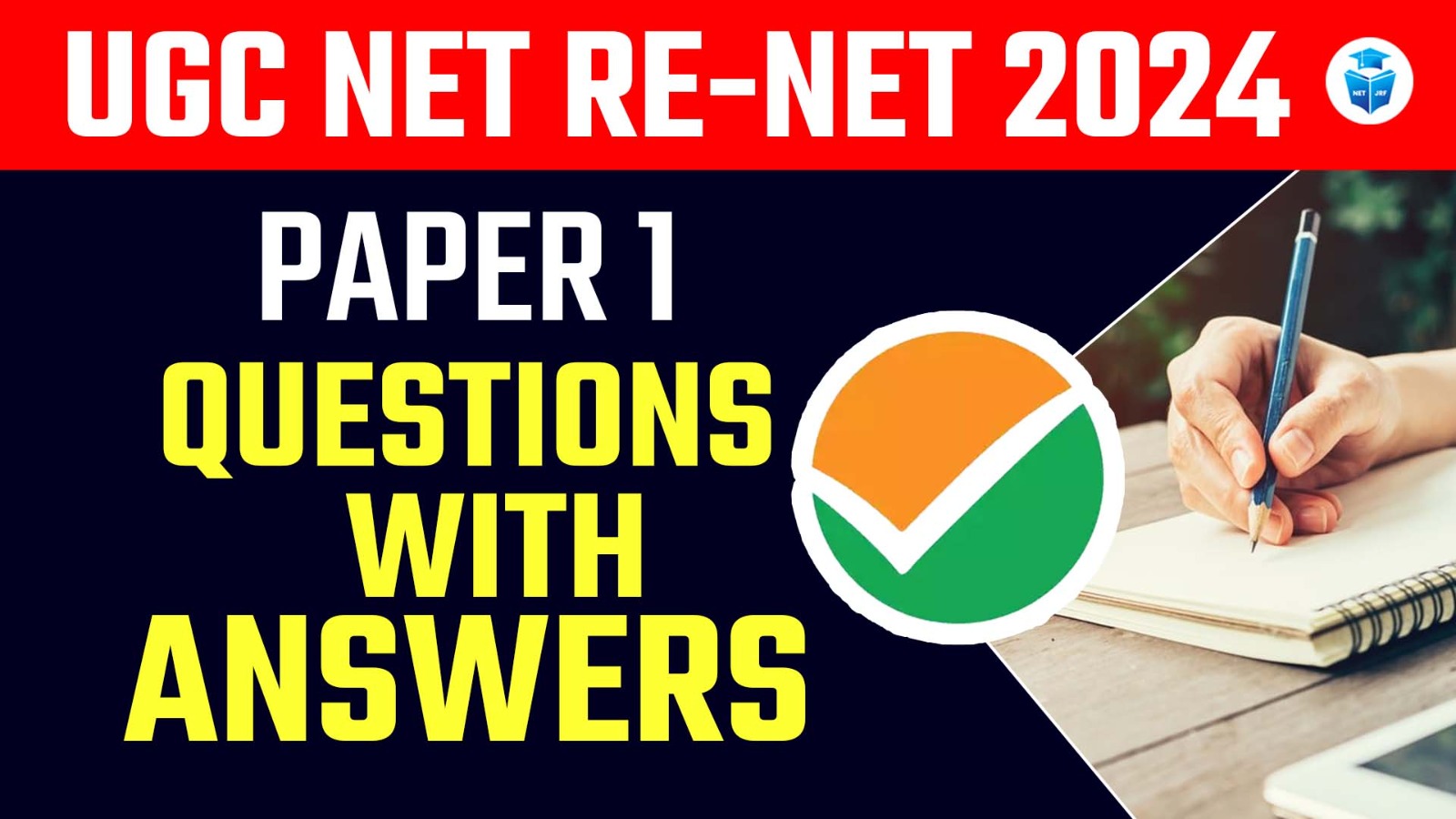
Get an Instant Callback by our Mentor!
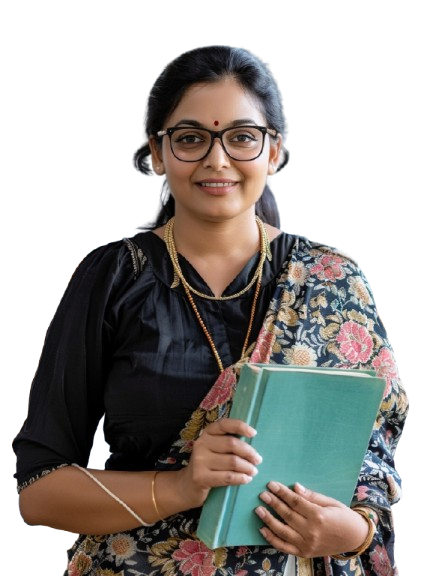
Welcome to the most comprehensive guide to crack the UGC NET RENET 2024 Paper 1 examination.
The following guide has been framed to assist all the aspirants in preparing well for this very important examination. The University Grants Commission National Eligibility Test commonly referred to as UGC NET, is a prestigious examination determining eligibility for assistant professorship and Junior Research Fellowship in Indian universities and colleges.
Paper 1 happens to be common for all subjects and covers the aspects of general aptitude, research methodology, and teaching skills. It has 50 multiple-choice type questions, each carrying 2 marks; the total is 100 marks. The time given for this paper is 1 hour, i.e., 60 minutes.
Let us practice with some questions of various types from Paper 1 that were asked in UGC NET RENET 2024 Exam , along with their correct answers and explanations. Questions included herein are designed to illustrate the format and content of the test; the difficulty level too is maintained as per the test paper.
The following questions have been divided into five sections:
Teaching Aptitude
Research Aptitude
Comprehension
Communication
Mathematical Reasoning and Logical Reasoning
Remember, hard work and clarity of concepts at each step are the mantras to perform well in the UGC NET examination.
Let's start our sample questions:
The following table shows the proportion of students passed in three different Graduation Streams, namely, Arts, Science and Commerce, from seven different cities A-G, along with the ratio of Males (M) to Females (F) for the three streams among the students. Based on the data in the table, answer the questions that follow. City-wise details of Graduating students
Question 1: For City-A, if the total number of males who passed in Arts is 2480, then what is the difference between the number of students who passed in Commerce and that in Science?
(1) 600
(2) 1000
(3) 1400
(4) 1800
Question 2: The number of males who passed in Commerce from City-F is approximately ___ than the number of females who passed in Commerce from City-F.
(1) 31.25%
(2) 47.47%
(3) 45.45%
(4) 42.67%
Question 3: If the number of students who passed in Commerce from City-F is 3240, then the number of students who passed from City-F is ___ % of the number of Science students who passed.
(1) 75%
(2) 150%
(3) 180%
(4) 225%
Question 4: If the number of males who passed in Commerce from City-G is 2544, then what is the number of students who passed in Arts from City-G?
(1) 3600
(2) 4200
(3) 4800
(4) 3400
Question 5: If the number of females who passed in Arts from City-C is 768, then the number of males who passed in Commerce from City-C is approximately ___ % of the number of students who passed from City-C.
(1) 14.76%
(2) 18.24%
(3) 27.8%
(4) 32.5%
Question 6: In a race of 500 meters, A beats B by 20 meters and C by 80 meters. If B and C are running another race of 100 meters with the same speed as before, by how many meters will B beat C?
(1) 10.0 meters
(2) 8.5 meters
(3) 15.0 meters
(4) 12.5 meters
Question 7: Match List I with List II:
List I (Internet Term)
(A) Blogs
(B) Podcasts
(C) Tagging
(D) Wikis
List II (Description)
(I) Allows users to create and edit web pages using a browser
(II) A type of bookmarking where a user "marks" a webpage or photo using text to describe its contents
(III) A series of digital media files
(IV) Personal internet journals
Correct matching:
(1) (A)-(I), (B)-(II), (C)-(III), (D)-(IV)
(2) (A)-(III), (B)-(IV), (C)-(II), (D)-(I)
(3) (A)-(IV), (B)-(III), (C)-(II), (D)-(I)
(4) (A)-(II), (B)-(III), (C)-(IV), (D)-(I)
Question 8: Match List I with List II:
List I (Constitutional Provision of Education)
(A) Women's Education
(B) Education of Minorities
(C) Secular Education
(D) Right to Education
List II (Article)
(I) Article 28
(II) Article 21-A
(III) Article 15 (Part-II)
(IV) Article 29 (Part-III)
Correct matching:
(1) (A)-(III), (B)-(I), (C)-(IV), (D)-(II)
(2) (A)-(I), (B)-(II), (C)-(IV), (D)-(III)
(3) (A)-(III), (B)-(IV), (C)-(I), (D)-(II)
(4) (A)-(I), (B)-(IV), (C)-(II), (D)-(III)
Question 9: A person sold an item at a loss of 7%. Had he sold the item at a gain of 7.5%, he would have received Rs. 87 more than his selling price. The cost price of the item is:
(1) Rs. 500
(2) Rs. 550
(3) Rs. 600
(4) Rs. 650
Question 10: The amount of biomass produced by plants through photosynthesis minus respiration losses in a given time period is known as:
(1) Gross Primary Productivity
(2) Net Primary Productivity
(3) Gross Ecological Productivity
(4) Net Secondary Productivity
Question 11. In computer networking, an IP version-6 is ___ times larger than an IP version-4 address.
(1) 2
(2) 4
(3) 6
(4) 8
Question 12. Which of the following can not be treated as the folk tradition of communication in India?
(1) Cinema
(2) Jatra
(3) Ramleela
(4) Kumbh Mela
Question 13. Which of the following is known as "One Nation One Student ID" card?
(1) Aadhar card
(2) Pan card
(3) APAAR card
(4) Voter's ID card
Question 14. Identify the pattern of the Argument in the following: "Habits are like a cable. We weave a strand of it every day, and soon it cannot be broken."
(1) Causal Argument
(2) Argument from Analogy
(3) Argument from Authority
(4) Argument from Definition
Question 15. What can be correctly inferred about the Traditional Teaching Method and Support System?
(A) Teacher is responsible to control the class and teach with the usage of blackboard.
(B) It is also known as 'Back-to Basics System.'
(C) The student carries the responsibilities to use self-learning tools.
(D) Virtual labs are used as one of the teaching tools.
(E) Charts, maps, and textbooks are the prime resources, and handouts are used by the teacher.
Choose the correct answer:
(1) (B) and (C) only
(2) (A), (B) and (D) only
(3) (D) and (E) only
(4) (A), (B), and (E) only
Question 16. What in the following can be correctly inferred? "You know how I know animals have souls? Because on average, the lowest animal is a lot nicer and kinder than most human beings that inhabit this Earth."
(A) Premise: The lowest animal is a lot nicer and kinder than most human beings that inhabit this Earth.
(B) Premise: Animals have souls.
(C) It is not an argument.
(D) Conclusion: The lowest animal is a lot nicer and kinder than most human beings that inhabit this Earth.
(E) Conclusion: Animals have souls.
Choose the correct answer:
(1) (B), (C), and (D) only
(2) (A), (C), and (E) only
(3) (A) and (E) only
(4) (A), (D), and (E) only
Question 17. Which of the following universities were set up in 1916?
(A) Osmania University
(B) S.N.D.T Women's University
(C) Mysore University
(D) Patna University
(E) Benaras Hindu University
Choose the correct answer:
(1) (A), (B) and (C) only
(2) (B), (C) and (E) only
(3) (B), (C) and (D) only
(4) (A), (D) and (E) only
Question 18. To record voice narration for your Microsoft PowerPoint presentation, your computer must have:
(A) Sound card
(B) An internet connection
(C) Speakers
(D) An external video port
(E) Microphone
Choose the correct answer:
(1) (A), (C) and (E) only
(2) (B) and (D) only
(3) (A) and (E) only
(4) (B), (C) and (D) only
Question 19. Which among the following fuels produces the least amount of soot particles during combustion?
(1) Petrol
(2) Kerosene
(3) Diesel
(4) Compressed Natural Gas (CNG)
Question 20. What among the following can be ascribed to learning styles?
(A) It is a way 'how' the student learns.
(B) They are strengths and preferences of the learners for responding to the stimuli in the environment.
(C) It is 'what' the learner learns.
(D) It is a behavioral pattern developed for any new learning.
Choose the correct answer:
(1) (A) and (B) only
(2) (A) and (C) only
(3) (A), (B), and (D) only
(4) (B), (C), and (D) only
Question 21. Match List I with List II:
List- I (Forms of Non-existence) List- II (Representation)
(A) Anyonyābhāva (I) Hare's horn
(B) Atyantābhāva (II) there is non-existence of the jar now
(C) Pragabhava (III) This is not that
(D) Pradhvamsābhava (IV) Temporary absence of a thing
(1) (A)-(II), (B)-(IV), (C)-(I), (D)-(III)
(2) (A)-(I), (B)-(III), (C)-(II), (D)-(IV)
(3) (А)-(III), (В)-(I), (C)-(IV), (D)-(II)
(4) (A)-(IV), (B)-(II), (C)-(I), (D)-(III)
Question 22. Match List I with List II:
List- I (Applications) List- II (Communication term)
(A) Interviews (I) Group Communication
(B) Newspaper (II) Intrapersonal Communication
(C) Classroom (III) Interpersonal Communication
(D) Meditation (IV) Mass Communication
(1) (A)-(I), (B)-(III), (C)-(II), (D)-(IV)
(2) (А)-(II), (B)-(IV), (C)-(III), (D)-(I)
(3) (A)-(IV), (B)-(I), (C)-(II), (D)-(III)
(4) (А)-(ІІІ), (B)-(IV), (C)-(I), (D)-(II)
Question 23. Arrange the following ancient Indian Institutes from East to West direction.
(A) Takshashila
(B) Nalanda
(C) Vikramshila
(D) Shardapeeth
Choose the correct answer from the options given below:
(1) (A), (D), (C), (B)
(2) (B), (C), (A), (D)
(3) (D), (A), (B), (C)
(4) (C), (B), (D), (A)
Question 24. Match List I with List II:
List - I (Type of variable) List - II (Example)
(A) Nominal (I) Satisfaction level
(B) Ordinal (II) Weight
(C) Interval (III) Ethnicity
(D) Ratio (IV) Year of death
(1) (A)-(I), (B)-(II), (C)-(III), (D)-(IV)
(2) (A)-(I), (B)-(III), (C)-(II), (D)-(IV)
(3) (А)-(III), (B)-(IV), (C)-(II), (D)-(I)
(4) (А)-(ІІІ), (B)-(I), (C)-(IV), (D)-(II)
Question 25. Three major actions in the process of Communication are:
(A) Receiving
(B) Sending
(C) Reviewing
(D) Interpreting
(E) Analysing
Choose the correct answer from the options given below:
(1) (C), (D) and (E) only
(2) (A), (C) and (D) only
(3) (A), (B) and (D) only
(4) (A), (D) and (E) only
Question 26. Which of the following criteria in research relates mainly to the issue of causality?
(1) Transferability
(2) Measurement validity
(3) External validity
(4) Internal validity
Question 27. What can be inferred correctly from the following? "No musicians are Greeks. All traders are Musicians. Therefore, no traders are Greeks"
(A) It represents figure II of the syllogistic argument
(B) It is an EAE mood
(C) The term 'Greeks' is the major term
(D) The minor term of the conclusion is distributed
(E) The middle term is undistributed
Choose the correct answer from the options given below:
(1) (A), (B) and (C) only
(2) (B), (C) and (D) only
(3) (D) and (E) only
(4) (A), (C) and (E) only
Question 28. What among the following can be correctly claimed in the light of 'Assessment Rubrics'?
(A) A tool used to interpret and grade students on the basis of some criterion.
(B) A means to increase subjective evaluation by the evaluator.
(C) It ensures transparency and fairness in the marking process.
(D) It provides an opportunity to set orbitrary standards and guidelines for moderation.
(E) It is an innovative evaluation system.
Choose the correct answer from the options given below:
(1) (A), (C), and (D) only
(2) (A), (B) and (C) only
(3) (C), (D), and (E) only
(4) (A), (C), and (E) only
Question 29. Identify the correct order of the following major technological changes A-D in the development of computers based on first to fourth generation of computers:
(A) Transistors
(B) Microprocessor
(C) Vacuum tubes
(D) Integrated circuits
Choose the correct answer from the options given below:
(1) (A), (C), (D), (B)
(2) (B), (A), (C), (D)
(3) (D), (A), (C), (B)
(4) (C), (A), (D), (B)
Question 30. A researcher decides to tell participants something false about a research session in order to mislead them. The researcher is using:
(1) Naturalistic observation
(2) Role playing
(3) Active deception
(4) Dehoaxing
Question 31. Among the following, which is correct in the context of Sabda Pramāņa?
(1) For Sāmkhya, a word signifies universal
(2) For Jainas, a word signifies a particular
(3) For old Nyaya, a word symbolizes universal only
(4) For Vedantins, a word primarily means the class character of individuals
Question 32. What among the following is incorrect about SWAYAM Prabha?
(1) It was launched by Sri Abul Kalam Azad.
(2) Satellite is used for telecasting educational content through DTH channels.
(3) The web portal of SWAYAM Prabha is maintained by INFLIBNET, Gujarat.
(4) The contents for SWAYAM Prabha are provided by NPTEL, IITs, UGC, CEC, and IGNOU.
Question 33. Match List I with List II
List I (International Treaties) | List II (Key Objectives)
(A) Sendai Framework | (III) Disaster Risk Reduction
(B) Monterry Consensus | (IV) Financing for development
(C) Beijing Declaration | (I) Equality between men and women
(D) Brundtland Report | (II) Our common future
Choose the correct answer from the options given below:
(1) (А)-(III), (B)-(IV), (C)-(I), (D)-(II)
(2) (A)-(IV), (B)-(I), (C)-(II), (D)-(III)
(3) (A)-(I), (B)-(II), (C)-(III), (D)-(IV)
(4) (A)-(II), (B)-(III), (C)-(IV), (D)-(I)
Question 34. According to National Credit Framework (NCRF) the credit level earned after Doctoral degree (Ph.D.) will be:
(1) 7
(2) 8
(3) 9
(4) 10
Question 35. According to UGC regulations 2018 on plagiarism, which of the following similarities constitute Level-1 plagiarism?
(A) 12%
(B) 42%
(C) 28%
(D) 56%
(E) 37%
Choose the most appropriate answer from the options given below:
(1) (A), (B) and (C) only
(2) (B), (C) and (D) only
(3) (A), (C) and (E) only
(4) (B), (C) and (E) only
Question 36. Arrange the following states in ascending order according to their area under forest cover:
(A) Arunachal Pradesh
(B) Chhattisgarh
(C) Maharastra
(D) Odisha
(E) Madhya Pradesh
Choose the correct answer from the options given below:
(1) (A), (C), (D), (B), (E)
(2) (C), (D), (B), (A), (E)
(3) (B), (A), (C), (E), (D)
(4) (D), (B), (A), (E), (C)
Question 37. Which is the first newspaper published in India in modern times?
(1) Hickey's Bengal Gazzette
(2) India Gazette
(3) Samvad Kaumudi
(4) Udant Martand
Question 38. Identify the numbers that occur in the series 1, 7, 17, 31, 49:
(A) 74
(B) 95
(C) 97
(D) 127
(E) 161
Choose the correct answer from the options given below:
(1) (A), (B), (C) only
(2) (C), (D), (E) only
(3) (Ε), (Β), (A) only
(4) (C), (D), (B) only
Question 39. If (L)M represents a number L in base-M number system, then what will be the value of (107)₁₆ + (257)₁₆?
(1) (762)10
(2) (862)10
(3) (962)10
(4) (662)10
Question 40. Arrange the '5 Ws' of communication in proper sequence:
(A) Why
(B) When
(C) What
(D) Who
(E) Where
Choose the correct answer from the options given below:
(1) (C), (D), (E), (B) and (A)
(2) (E), (D), (B), (C) and (A)
(3) (A), (B), (C), (D) and (E)
(4) (B), (A), (C), (D) and (E)
Question 41. Arrange the data sets with the following pairs of mean (x̄) and standard deviation (σ) in increasing order of their coefficient of variation.
(A) x̄ = 8, σ = 1.7
(B) x̄ = 11, σ = 2.2
(C) x̄ = 15, σ = 3.6
(D) x̄ = 16, σ = 3
Choose the correct answer:
(A), (B), (D), (C)
(B), (D), (C), (A)
(C), (B), (D), (A)
(D), (B), (A), (C)
Question 42. Match List I with List II:
|
List I (Types of Teaching) |
List II (Description) |
|
(A) Macro teaching |
(I) A teaching technique especially used in teacher's pre-service education to train them systematically |
|
(B) Micro teaching |
(II) An approach where the educators divide the content among themselves and students sit with one educator before moving to the other |
|
(C) Station teaching |
(III) A situation in a classroom where two teachers work on a class together |
|
(D) Cooperative teaching |
(IV) When a teacher provides instruction to the entire class at one time for an extended period of time |
Choose the correct answer:
(A)-(II), (B)-(III), (C)-(I), (D)-(IV)
(A)-(IV), (B)-(II), (C)-(III), (D)-(I)
(A)-(IV), (B)-(I), (C)-(II), (D)-(III)
(A)-(I), (B)-(II), (C)-(III), (D)-(IV)
Question 43. Match List I with List II:
|
List I (Word) |
List II (Unique Code) |
|
(A) QUAKE |
(I) KTFUL |
|
(B) OFTEN |
(II) VHQDU |
|
(C) PEACH |
(III) IEYOU |
|
(D) DRIVE |
(IV) JUYWR |
Choose the correct answer:
(A)-(I), (B)-(III), (C)-(II), (D)-(IV)
(A)-(II), (B)-(IV), (C)-(III), (D)-(I)
(A)-(III), (B)-(I), (C)-(IV), (D)-(II)
(A)-(IV), (B)-(II), (C)-(I), (D)-(III)
Question 44. Eye irritation is a common phenomenon during smog. It is mostly caused by:
(A) Formaldehyde
(B) Per-oxy acetyl Nitrate
(C) Ozone
(D) Acrolin
Choose the correct answer:
(A), (B), and (C) only
(A), (B), and (D) only
(C), (D), and (A) only
(B), (C), and (D) only
Question 45. Arrange the following fractions in increasing order:
(A) 12/17
(B) 13/19
(C) 8/11
(D) 16/23
Choose the correct answer:
(B), (D), (A), (C)
(B), (A), (C), (D)
(D), (A), (B), (C)
(D), (B), (C), (A)
Read the following passage and answer the questions that follow:
Odisha has colourful fairs and festivals and are as numerous as the days of the year. The sacred journey of Lord Jagannath with brother Balabhadra and sister Subhadra from the Jagannath Temple to the divine shrine called the Gundicha Temple is known as the Car Festival or the Rath Yatra. On this occasion, the deities adorn three chariots named Nandigosha, Taladhwaja and Darpadalana respectively. They stay in the divine shrine for nine days and then return to the Jagannath Temple. This journey is called Bahuda Jatra. This grand festival of Odisha is visited by lakhs of devotees from India and abroad who pull the sacred chariots from the Jagannath Temple to the Gundicha Temple and back on a broad road called Badadanda. The festival begins from the second day of Shukla Paksha (bright half) in the month of Ashadha (June-July) every year. This festival of Lord Jagannath, who is worshipped as the Lord of the Universe, is celebrated not only in Puri, but also in many other places in India and abroad.
Question 46. What is the name assigned to the journey wherein the deities return to the Jagannath Temple after nine days?
Rath Yatra
Wapsi Yatra
Maha Yatra
Bahuda Jatra
Question 47. What are the names of the deities who accompany Lord Jagannath in the Rath Yatra?
Subhadra and Balabhadra
Balabhadra and Shiva
Subhadra and Hidimba
Balabhadra and Hidimba
Question 48. Whereas the festival of Lord Jagannath is celebrated in many places in India and abroad, it is primarily associated with which city?
Bhuvaneswar
Puri
Cuttack
Konark
Question 49. The Car Festival is conducted on a broad road that is called:
Darpadalana
Ashadha
Badadanda
Taladhwaja
Question 50. The sacred journey of Lord Jagannath is traditionally undertaken onward to which divine shrine?
Jagannath Temple
Subhadra Temple
Balabhadra Temple
Gundicha Temple
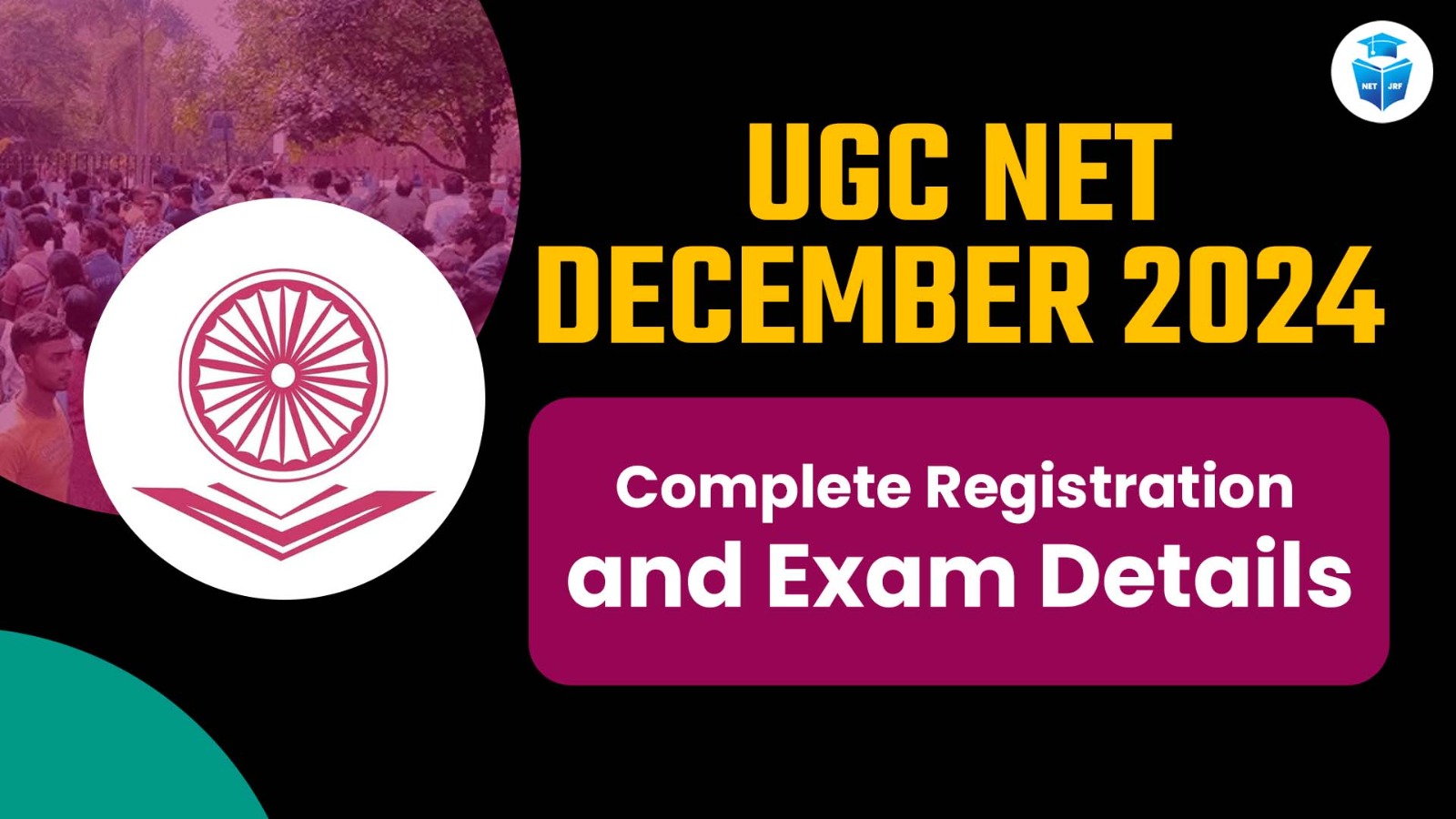
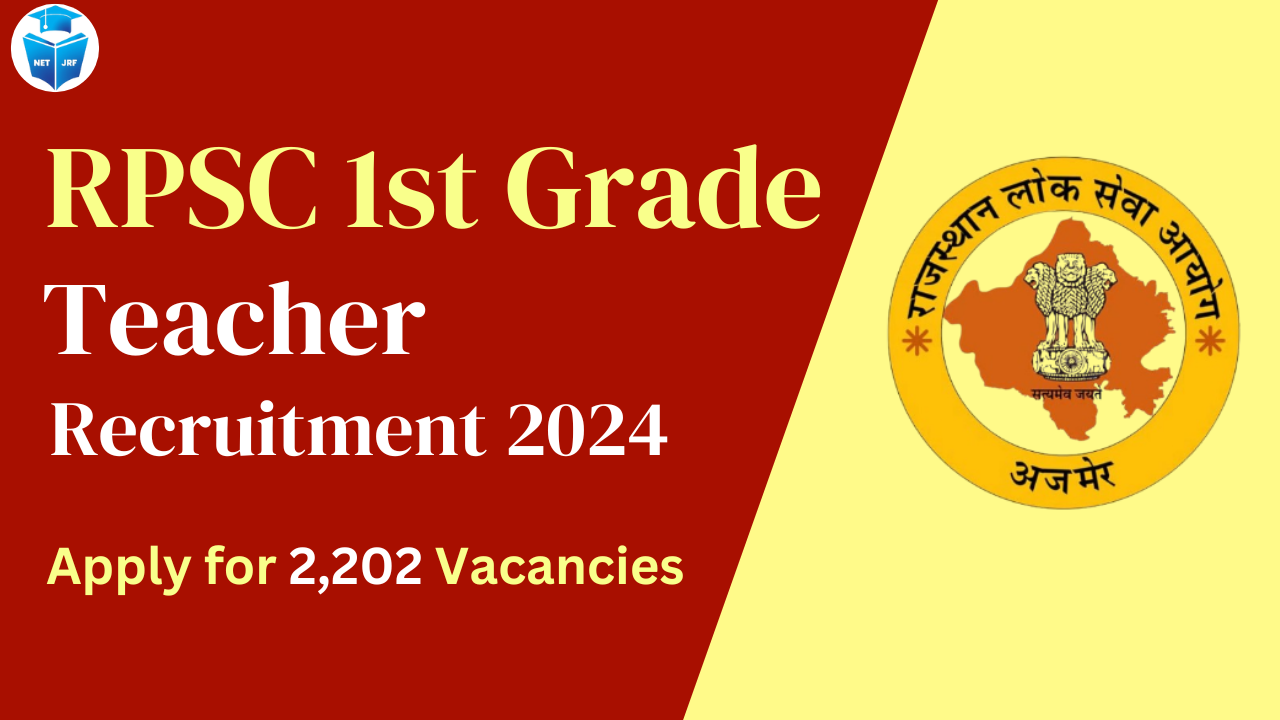
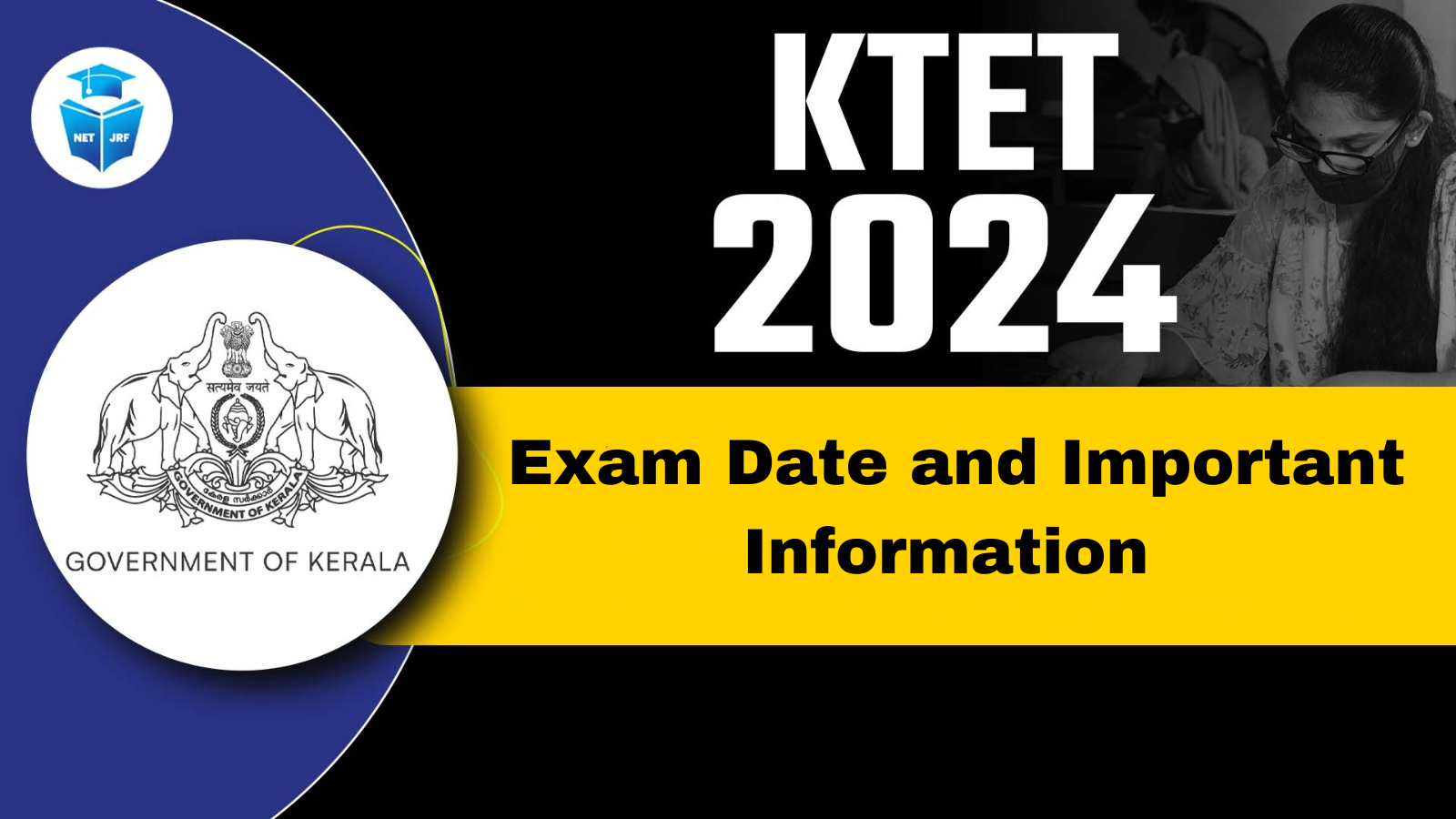
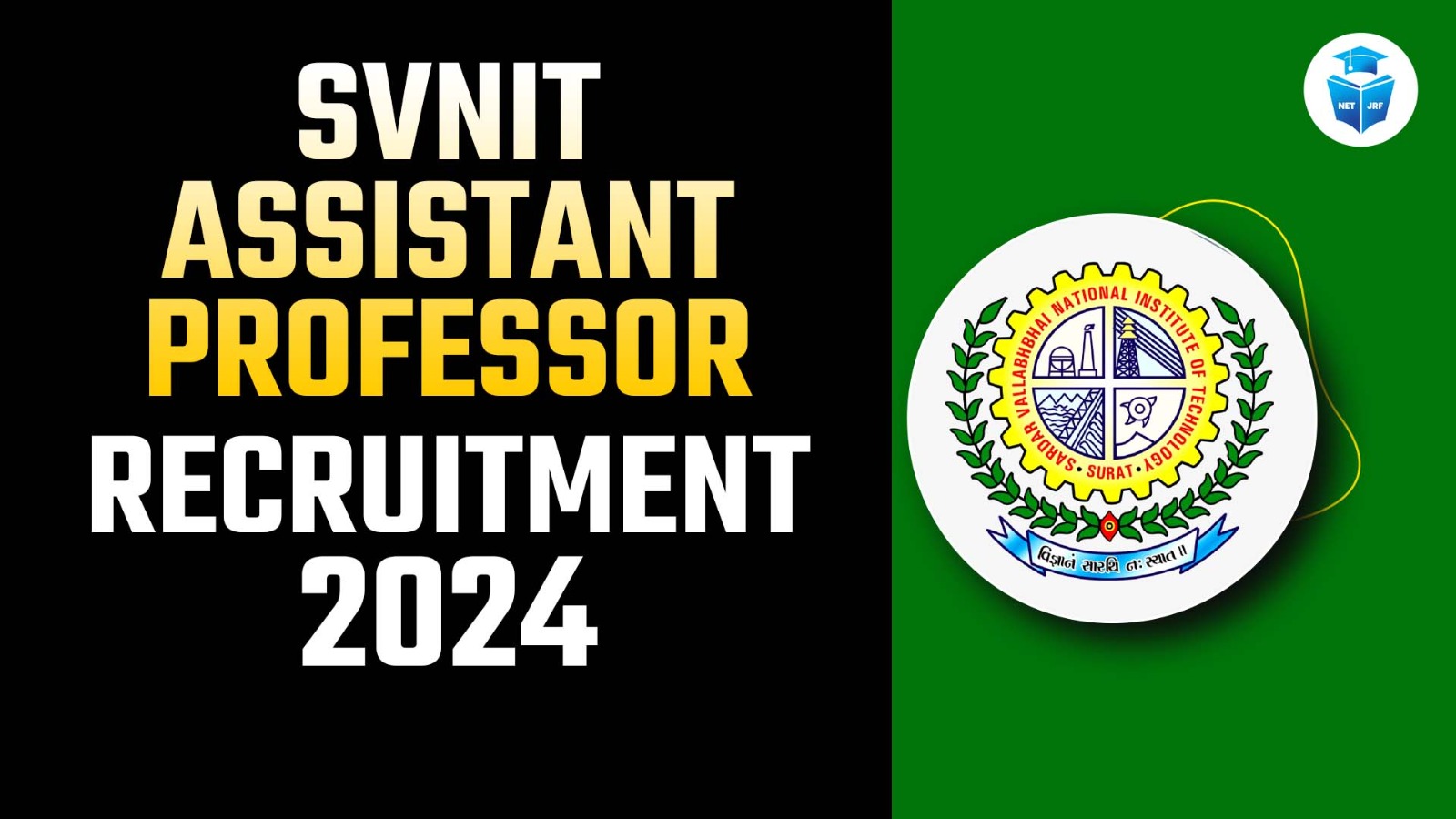
.jpeg)
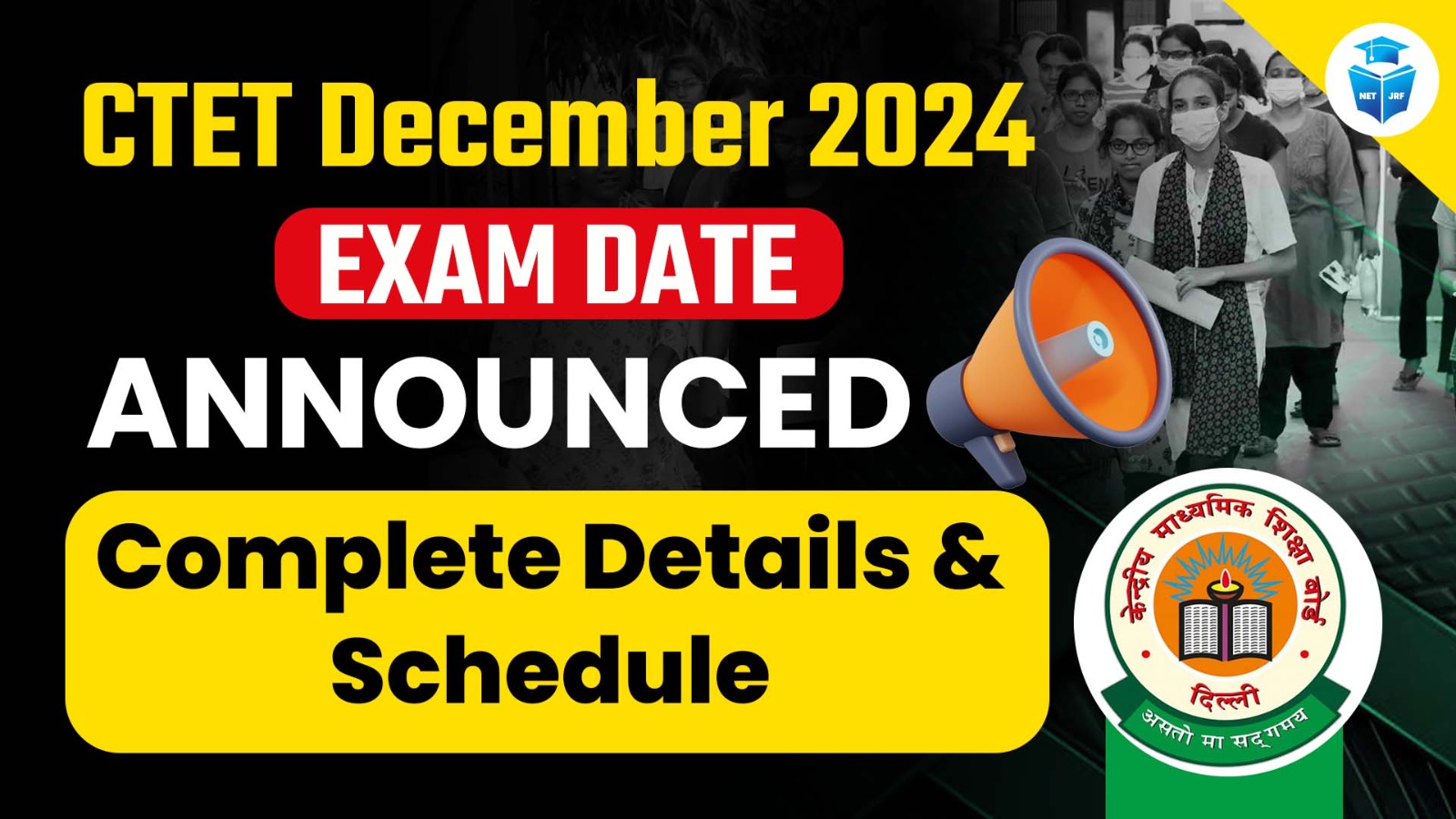
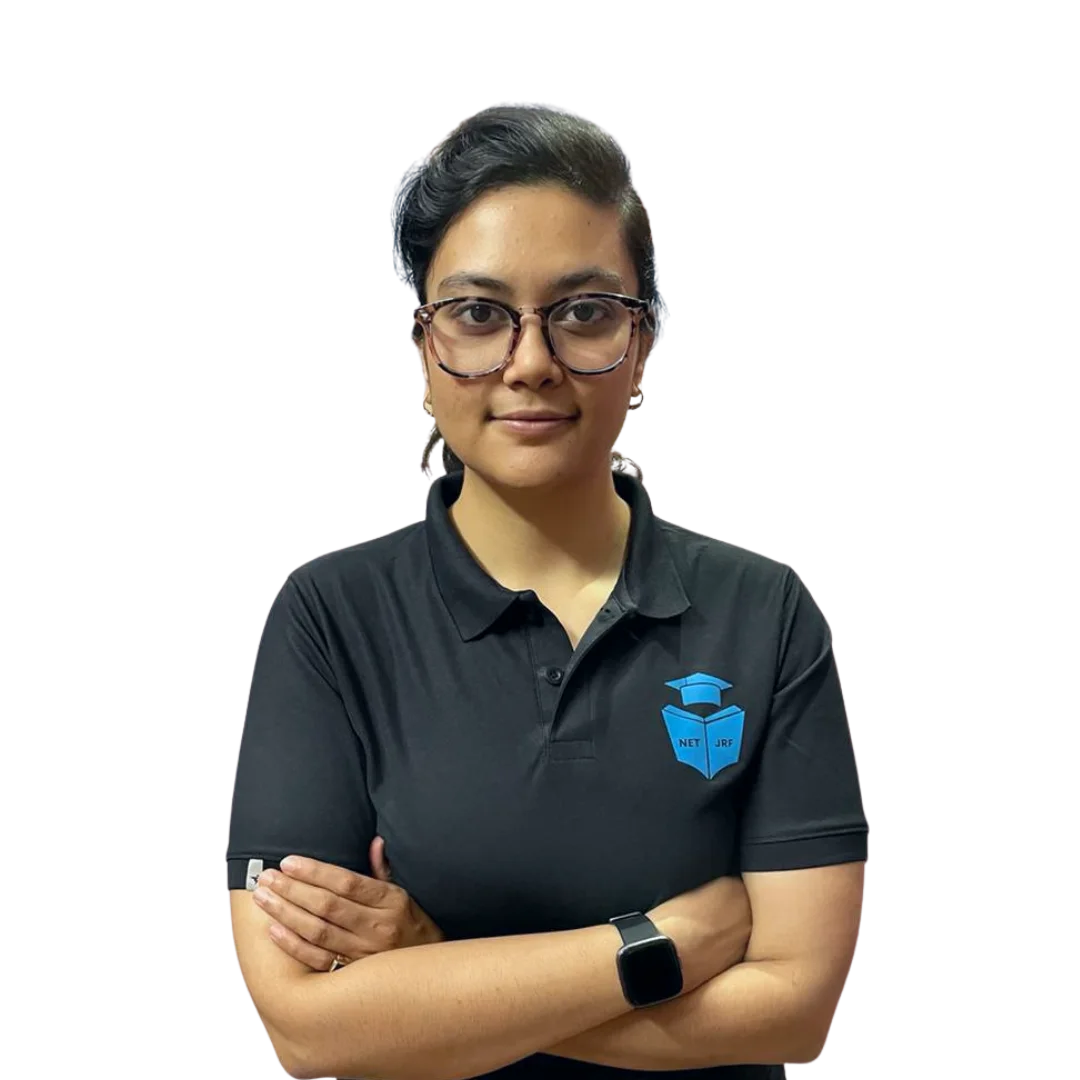
Founder of JRFAdda, is a Computer Science educator with an MCA degree and JRF qualification. Her experience includes roles as an SBI SO (DBA), work at Cognizant, and over 5 years of teaching online and offline. She has also served as a Government Computer Teacher in Rajasthan.